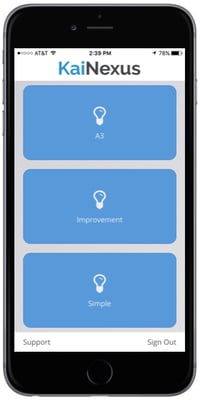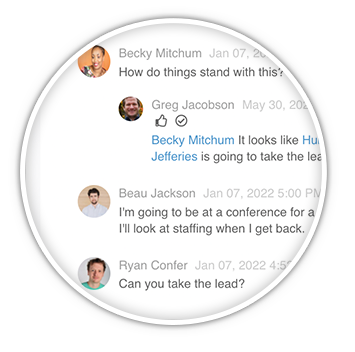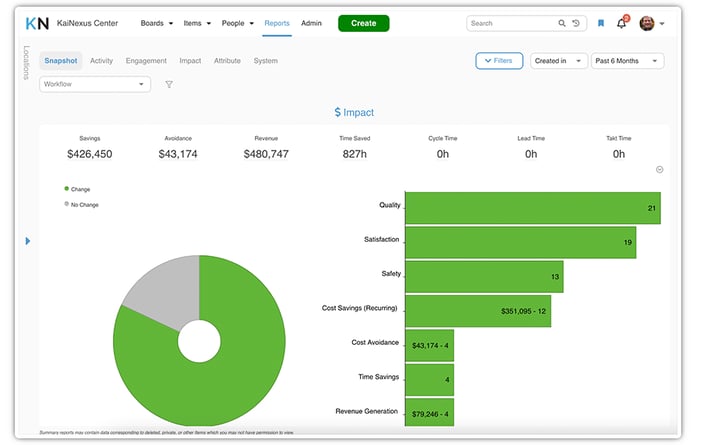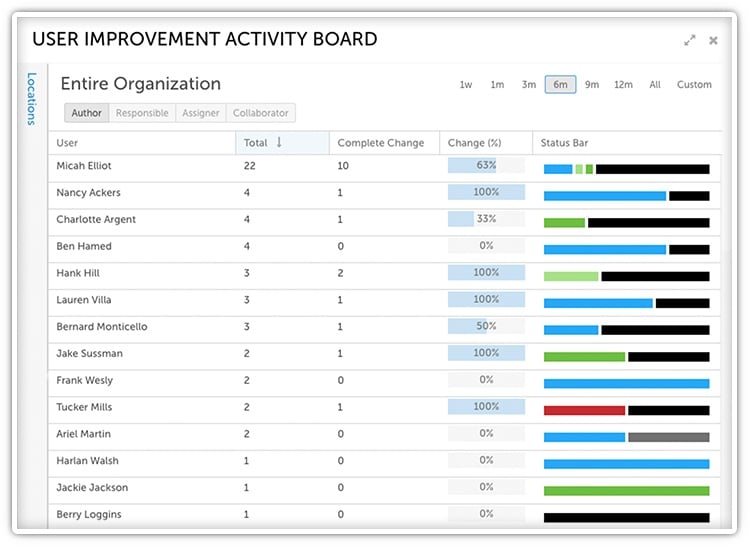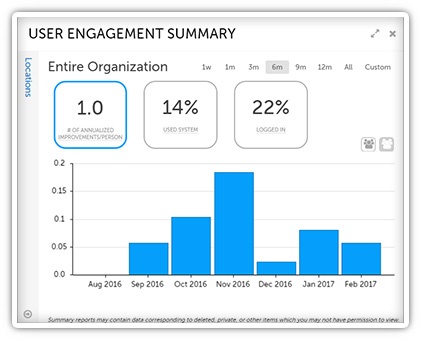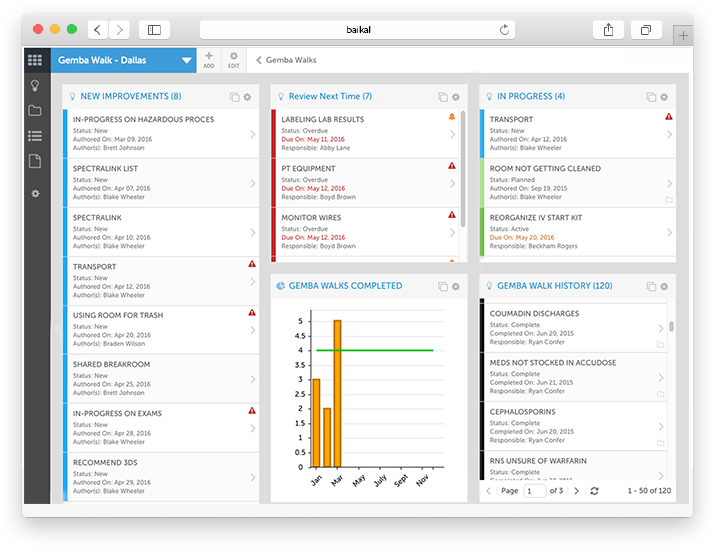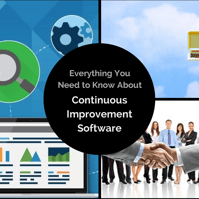
Gemba Walks
The term “gemba” originates from the Japanese word for “the real place.” In terms of Lean practices, it refers to the actual place where work is done, such as a factory shop floor or a nursing unit where care is delivered to patients. Taiichi Ohno, a Toyota executive, is often credited with the development of the concept of the gemba walk, or at least the idea of leaders being present and observing the work that’s being done (sometimes this is more stationary than a continuous walk).
What is a Gemba Walk?
A gemba walk is the practice of observation and collaboration at the place where work is being done: a type of management in which a leader visits the work area to glean firsthand knowledge as to how products are built, services provided, data processed, and shipments prepared and what challenges are faced by employees and what opportunities for improvement exist.
The goal of such an exercise is to gather information and feedback from frontline employees - the people who are doing the work are considered the experts and, therefore, they are the ones know the most about any problems in the processes and are likely to have good ideas about how to improve.
Why Are Gemba Walks Important?
With a thoughtful and structured approach, gemba walks can improve communication and collaboration, and ultimately result in positive change for the organization. This simple concept, when well executed, is an effective tool for any organization focused on continuous improvement.
There’s a big difference between discussing processes and problems in a conference room and actually going out into the “field” to see how the work is really done. That first-hand knowledge is important for leaders to understand current processes and to coach staff to make improvements. Employees also tend to be more inclined and able to describe inefficiencies, safety hazards, and other concerns when they are in their own workspace.
As President Dwight Eisenhower famously said, “Farming looks mighty easy when your plow is a pencil and you're 1,000 miles away from a cornfield.” He was talking about Soviet central planners, but the same idea can apply in a large organization today.
Leaders who are committed to continuous improvement often spend 45-60 minutes (or more) a week on formal gemba walks, learning about the reality of processes and employee conditions.
Farming looks mighty easy when your plow is a pencil and you're 1,000 miles away from a cornfield.
- Dwight Eisenhower
Download: Free Guide to Gemba Walks eBook
Tips for A Successful Gemba Walk
DO:
Focus on the Process:
The focus of a gemba walk should be on problems in the processes, rather than blaming or finding fault in the people performing the process.
This creates a culture in which people feel safe identifying mistakes, allowing for improvement to be made and errors to be prevented.
Leaders are there to support the employees so they can have better processes in which to work.
Observe and Learn:
When conducting a gemba walk, keep an open mind and ask lots of open-ended questions (questions that can’t be answered with a simple yes or no).
Become familiar with the processes - it’s hard to recognize any abnormal conditions if you are unfamiliar with the normal.
You’re on the front lines to learn from and respect the experts about their work - remember that you’re there to learn, not to judge or give unwarranted advice.
Mix It Up:
You want to perform gemba walks at different times of day and different days of the week to get a complete picture of the state of the value stream.
Keeping your visits random and unscheduled will prevent employees from preparing for your visit, allowing you to see what the process is really like instead of an artificially staged situation.
Walk with a Cross Functional Team:
It can be very enlightening for people to see processes and work activities in which they aren’t normally involved.
Each person will bring a unique perspective to the gemba walk, and is likely to identify different opportunities for improvement or have unique ideas for improvement.
Read more about the value of cross functional collaboration here.
DON'T
Confuse Gemba with MBWA (Management by Walking Around):
Management by Walking Around is an approach that encourages management participation in the work affairs of employees. MBWA often devolves into walking around, saying hello, and slapping people on the back. That’s not very helpful.
A gemba walk should be more than just a meet and greet with the team. It’s fine to be social, but the goal is to learn about the process.
Forget to Test Assumptions:
During and after the gemba walk, validate any assumptions with the people who are doing the work. Don’t make any guesses about what they are doing or why they are doing it.
For example, if there appears to be a sloppy process in place, it could be an intentional workaround to compensate for missing equipment, even though at first glance it looks like carelessness. You don’t know until you ask!
Adjust the Process or Correct Employees During the Walk:
The purpose of the walk is simply to understand the current state - the good, the bad, and the opportunities for improvement.
Improvement happens later, following analysis and reflection.
Rely on the Manual:
A gemba walk is the time to observe what is actually happening, not what has been documented as the policy or standard.
The result of the walk may very well be changes to documented procedures, or a realizing a training deficit that is creating deviations from the standard.
Forget to Communicate:
It’s important that all employees understand the purpose of the gemba walk - that the ultimate goal is to improve conditions, processes, and instructions for all employees. The gemba walk should always be seen as positive, not punitive.
-
We're able to highlight people making creative improvements, and promote their work as examples of the behavior we want to see across the organization.
Alice Quesenberry
-
KaiNexus takes a lot of the burden of improvement off of our managers while increasing transparency and communication for everyone.
Tania Lyon
-
KaiNexus enables us to harness our improvement energy by giving us the structure we need to support and encourage our employees.
Matthew Cannistraro
The Role of Improvement Software in Supporting Gemba Walks
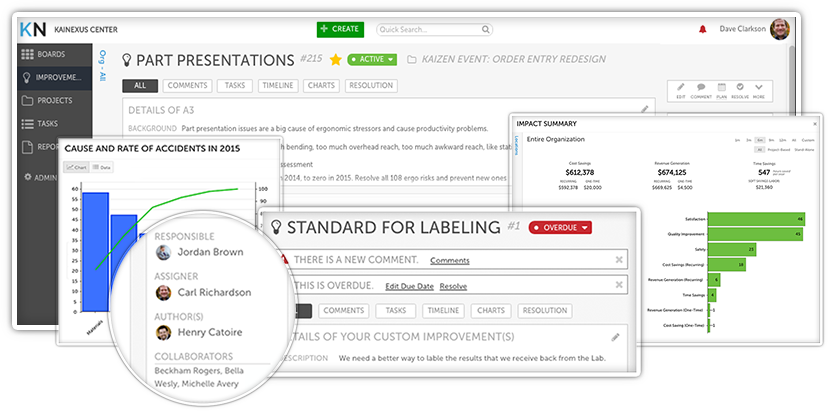
Prevent the Loss of Ideas:
When on a gemba walk, you may notice or hear about several opportunities for improvement.
Making only a mental note or scribbling a reminder on a post-it note may cause that insight to be forgotten or lost.
Access to continuous improvement software using mobile devices allows you to enter those ideas mid-walk, retaining them for later use.
Increase Visibility
With detailed reports that show individuals’ engagement in various continuous improvement work, continuous improvement software makes it easy to see which managers are doing gemba walks - and thus promoting a culture of continuous improvement and employee engagement.
Leaders who act in this way will have lots of data in the system, allowing those that are not to be identified for further coaching.
Increase Employee Engagement
When you’re on a gemba walk, you’re engaging employees in conversation about their work and identifying opportunities for improvement together.
That engagement shouldn’t stop once you go back to your office.
Building a virtual team in a continuous improvement software platform around each ideas engages staff in formulating and implementing a plan for improvement and promotes greater buy-in.
Organize & Streamline
Keeping track of the improvements that come about as a result of your Gemba walks shouldn't be the hardest part of the exercise.
Use customizable digital boards to track progress, identify bottlenecks, and organize information effortlessly. Access your boards from anywhere, display them from any screen, and share them with anyone.


